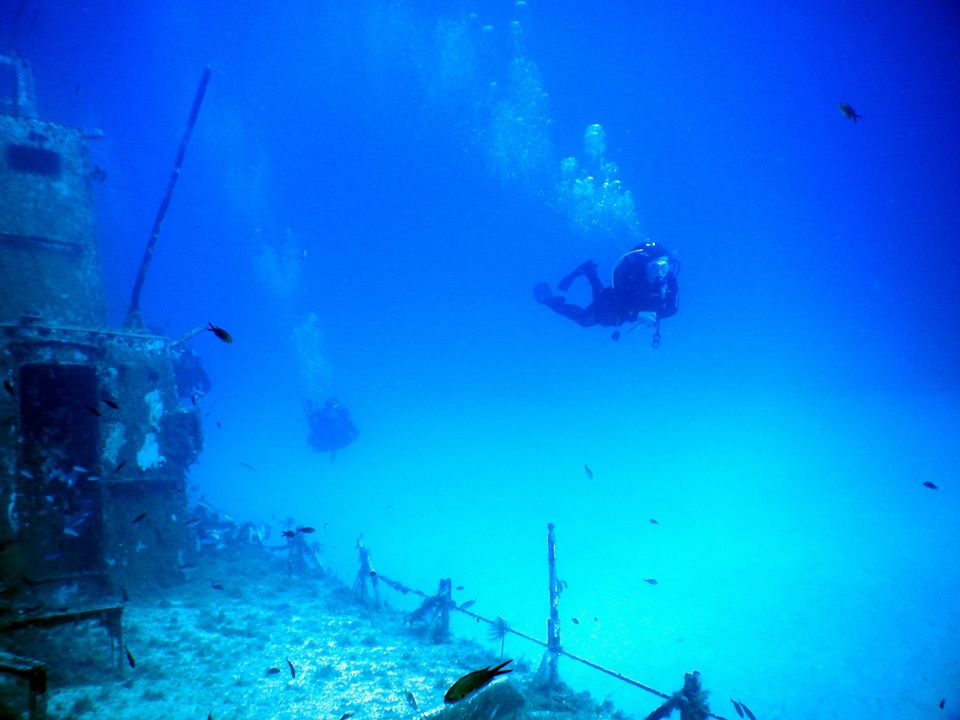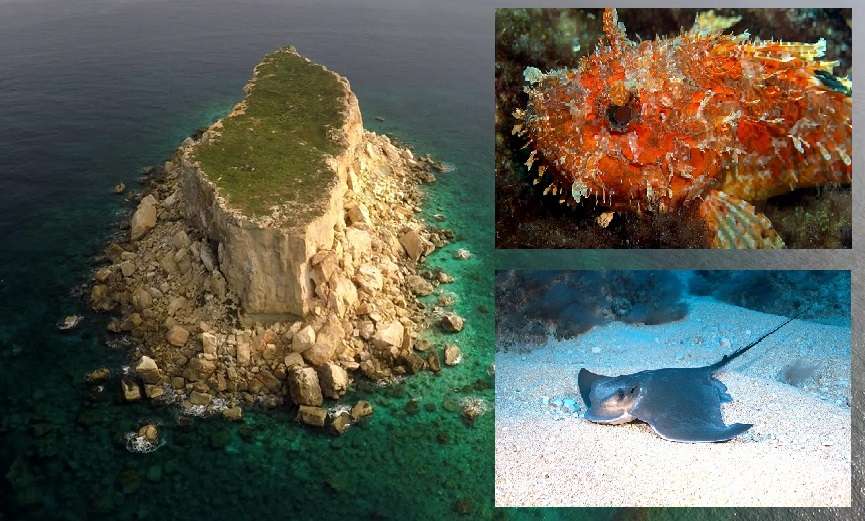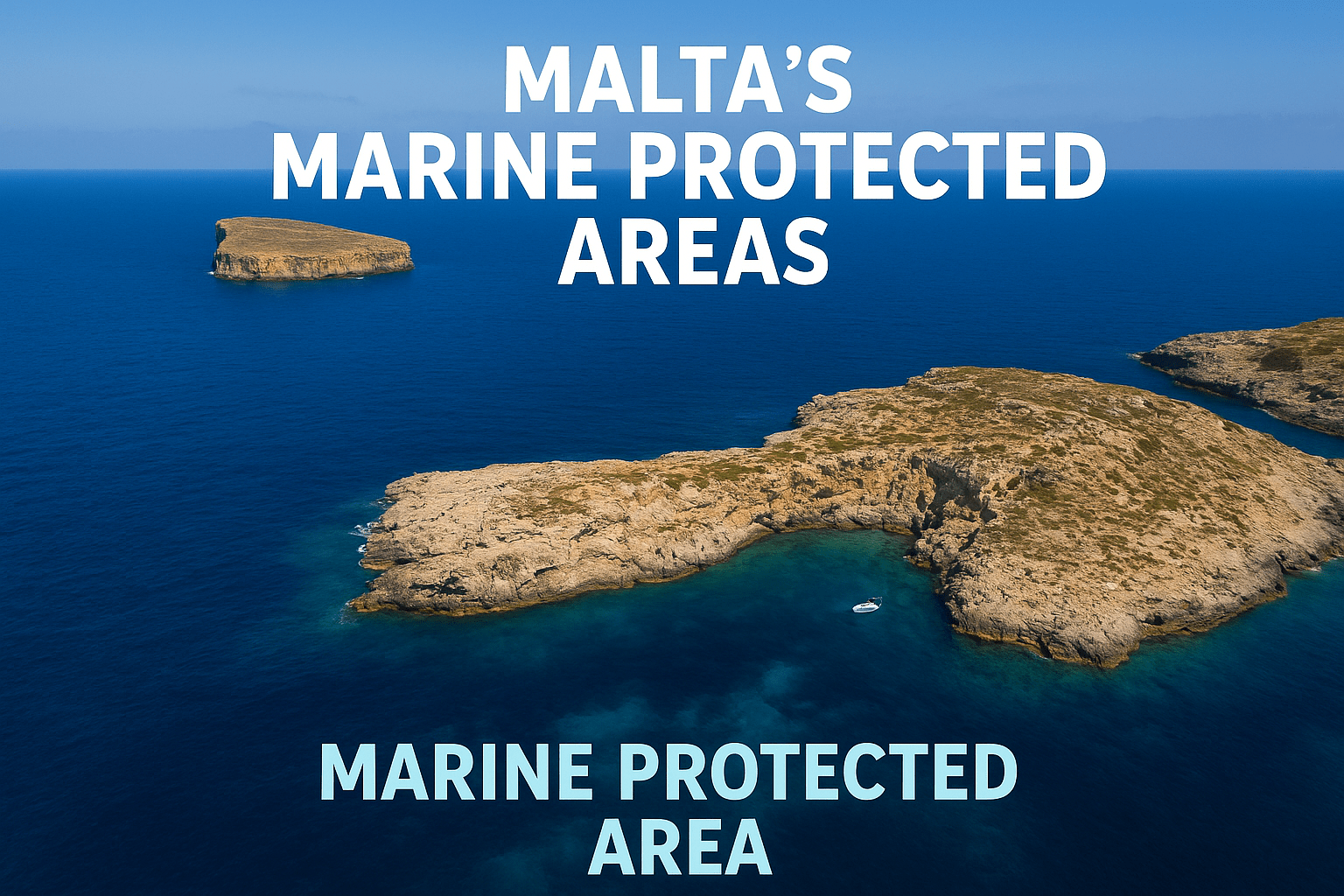Table of Contents
ToggleMalta’s Marine Protected Areas
No Fishing Zones and Diving Areas
Malta, a sun-drenched archipelago in the central Mediterranean, is a small country with an immense maritime heritage. Surrounded by crystal-clear waters and steeped in millennia of history, Malta has long relied on the sea for food, trade, and culture. Today, however, it faces a modern challenge: balancing marine conservation with economic activities such as fishing and tourism. One of the most effective strategies the Maltese government has adopted is the designation of Marine Protected Areas (MPAs), including specific no-fishing zones and regions where sustainable diving is encouraged. These efforts are helping to preserve delicate ecosystems while also providing unique opportunities for visitors who want to experience Malta’s underwater world responsibly.
What Are Marine Protected Areas (MPAs)?
Marine Protected Areas are sections of the ocean where human activity is regulated to safeguard biodiversity, habitats, and cultural heritage. In Malta, MPAs cover roughly 35% of the country’s territorial waters, making it one of the EU leaders in marine protection by percentage.
No two MPAs are the same. Some allow restricted fishing; others prohibit extractive activities altogether. Malta’s policy focuses on protecting fragile marine ecosystems such as seagrass meadows, reefs, caves, and sandbanks, while ensuring that communities and tourism industries still benefit from the sea.
For divers, these zones are a treasure chest of marine life and historical relics. For fishermen, they represent both restrictions and a long-term investment in replenishing fish stocks.

No-Fishing Zones: A Lifeline for Marine Biodiversity
Fishing has been part of Maltese tradition for centuries, but overfishing and habitat degradation have threatened the sustainability of this practice. To combat this, Malta has introduced no-fishing zones within its MPAs. These areas allow ecosystems to recover and fish populations to regenerate without human pressure.
One key example is the Filfla Nature Reserve, located just south of Malta. Filfla is a tiny, uninhabited islet surrounded by a strictly protected marine zone. Fishing is completely banned within a one-nautical-mile radius. As a result, the surrounding waters are teeming with life, providing a safe haven for groupers, bream, octopus, and other species that have become rare in heavily fished areas.
Another important no-fishing area is found around the Rdum Majjiesa Marine Protected Area in northwest Malta. This site not only preserves rare coralligenous habitats but also provides a sanctuary where fish stocks can rebuild. These protected waters spill over into nearby fishing grounds, benefiting local fishermen in the long run by replenishing their catches.
Such zones are essential for maintaining healthy marine ecosystems. By prohibiting extraction, they allow natural processes to restore balance, creating vibrant habitats that divers can later explore.

Diving in Malta’s Protected Waters
Malta is often called “the diver’s paradise of the Mediterranean”, thanks to its visibility (often exceeding 30 meters), mild temperatures, and incredible underwater scenery. With the establishment of MPAs, divers now enjoy even richer experiences as marine life flourishes in protected waters.
Wrecks and Archaeological Treasures
One of Malta’s unique offerings is the chance to explore submerged historical sites. Ancient amphorae, aircraft, and World War II wrecks lie scattered across the seabed, many within protected zones. For example, the Xlendi Underwater Archaeological Park in Gozo offers divers an unparalleled journey into history. This MPA safeguards ancient Phoenician shipwreck remains, ensuring that these relics remain intact for future generations.
Natural Reefs and Caves
Beyond wrecks, Malta’s MPAs are home to stunning natural features. The Cirkewwa Marine Park, though accessible to divers of all levels, lies within a managed zone that regulates activities to prevent damage. Here, divers can explore reefs bursting with sponges, soft corals, and shoals of barracuda. The site also features dramatic underwater arches and caves.
Gozo’s Blue Hole and Inland Sea are legendary among divers, offering cavern systems alive with marine species. While not a no-fishing zone in its entirety, parts of this region fall under EU conservation directives, meaning extra protections are in place for key habitats.
A Haven for Marine Life
In protected zones, divers regularly encounter thriving populations of nudibranchs, moray eels, sea turtles, and even the occasional dolphin. Thanks to restrictions on fishing, the biomass in these waters is higher, creating a richer underwater spectacle. For divers, the difference is clear: in MPAs, the sea feels alive, dynamic, and full of surprises.

Why MPAs Matter for Malta’s Future
Marine Protected Areas are not just about conserving fish and corals; they represent a broader vision of sustainability. Malta’s economy relies heavily on tourism, and diving is a major part of that sector. By creating healthy, biodiverse dive sites, Malta ensures that its seas remain a magnet for eco-conscious travelers.
At the same time, no-fishing zones are vital for the future of the fishing industry itself. Although fishermen may initially view restrictions as a loss, the ecological benefits of MPAs create long-term gains. Studies from around the world show that fish populations in adjacent waters increase due to the “spillover effect” from protected zones.
Additionally, MPAs contribute to global climate resilience. Seagrass beds and coralligenous reefs, both found in Maltese waters, are crucial carbon sinks. Protecting these habitats means Malta is playing its part in mitigating climate change impacts.
Responsible Diving and Tourism
While MPAs provide protection, divers and visitors also carry responsibility. Following best practices ensures that marine environments remain pristine:
Do not touch or remove anything. Even a small souvenir can disrupt fragile ecosystems.
Maintain buoyancy control. Avoid stirring sediment or damaging corals.
Choose eco-certified dive centers. Many Maltese operators follow sustainable guidelines.
Respect no-entry zones. Some areas, like Filfla’s immediate waters, are completely off-limits.
By diving responsibly, tourists help sustain the very beauty they come to admire.

Bluewaves Watersports: Safe Adventures with a Commitment to Marine Protection
At Bluewaves Watersports, we take marine life protection seriously and actively promote this responsibility among our staff and clients. Safety is always our top priority, and we go the extra mile to ensure our guests can enjoy the sea responsibly. To support this, we provide an interactive map during self-drive boat excursions, helping clients stay aware of their location while clearly identifying marine protected areas. This way, every adventure is not only safe and enjoyable but also respectful of Malta’s precious marine environment.
Malta’s Marine Protected Areas reflect a forward-thinking approach to conservation. No-fishing zones are helping restore balance to marine ecosystems, while dive-friendly MPAs provide unforgettable experiences for underwater explorers. Together, these efforts ensure that Malta’s seas remain not just a resource, but a legacy — a place where biodiversity thrives, history is preserved, and future generations can continue to marvel at the Mediterranean’s wonders.
For anyone passionate about diving, marine life, or sustainable tourism, Malta’s MPAs are a shining example of how conservation and enjoyment can go hand in hand.



